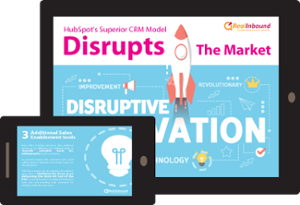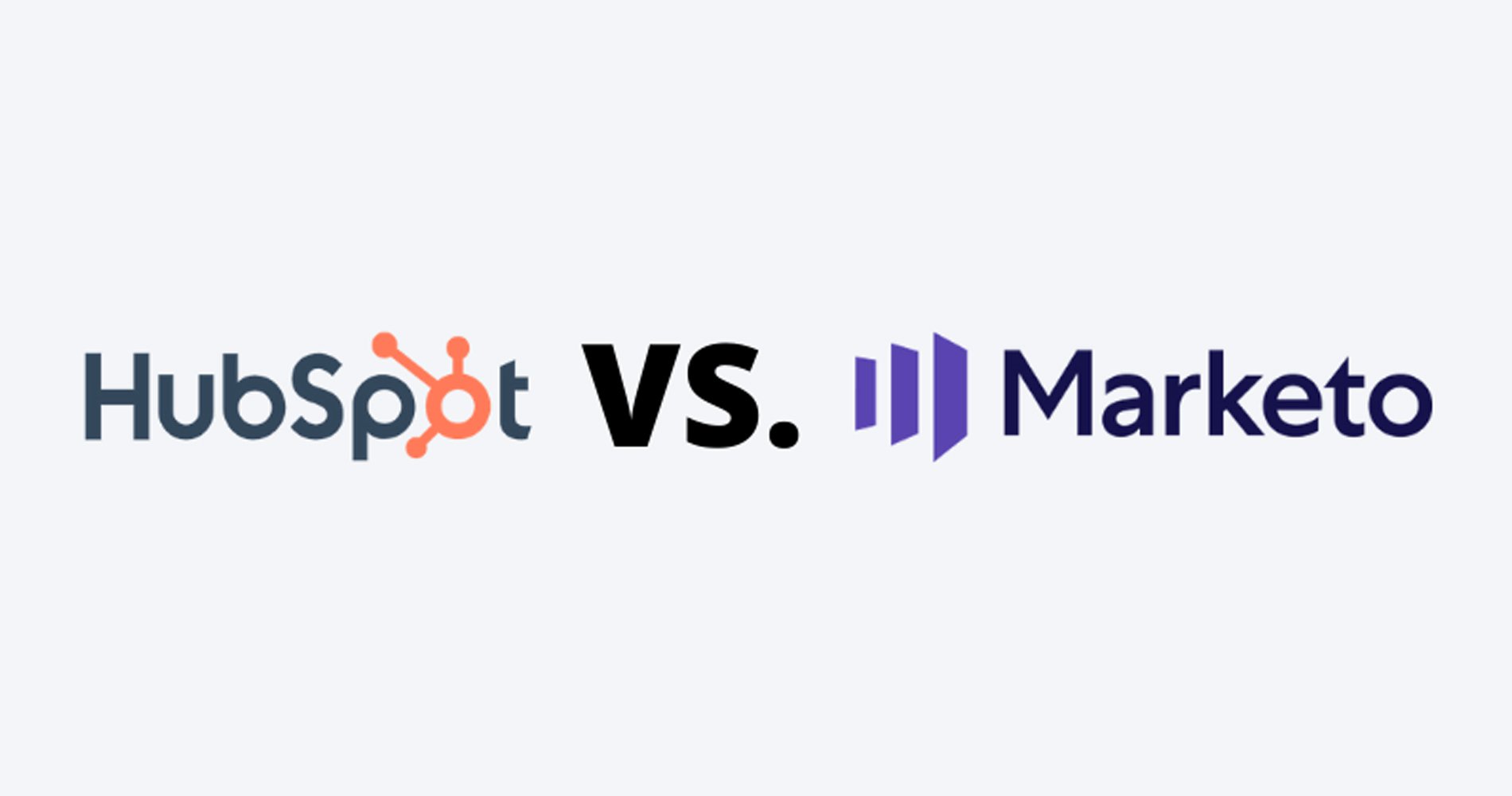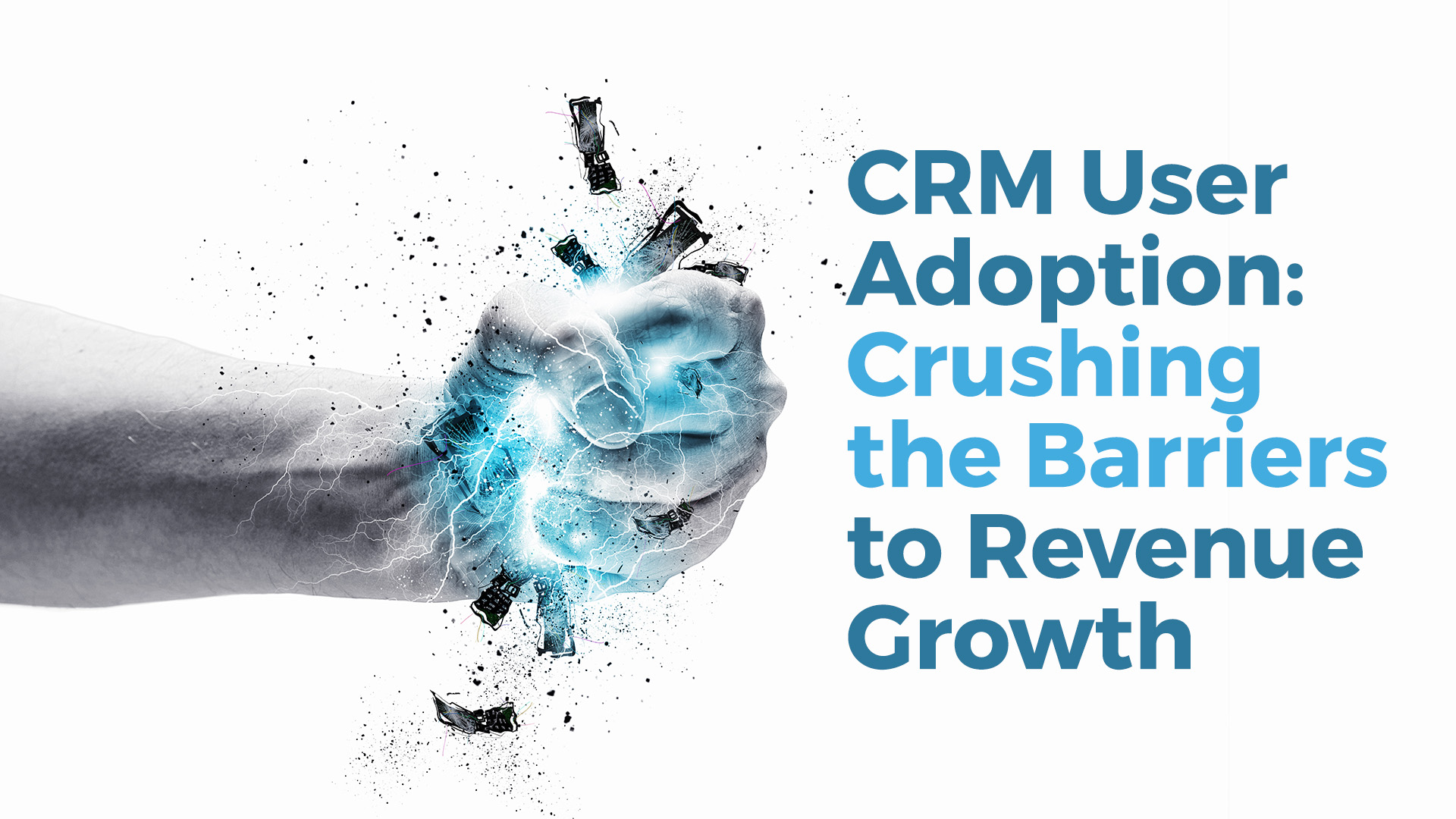CRM systems should streamline your life and help you build stronger relationships with your customers. When you've used a CRM system for a while, you become accustomed to using the only features you're familiar with. Consequently, you could lose out on some crucial CRM advantages.
There’s been a shift towards buyer-centric strategies and consistent data. Taking away the CRM would leave us unable to solve all our problems.
A CRM system does not contain any instructions. You are the only one who decides what you do. And that's where mistakes can occur. The absence of restrictions creates disorientation and complexity, which are disabling factors.
Many businesses do not invest the time or effort needed to understand how CRM systems work and how to use them. Most organisations expect their employees to be aware of their responsibilities. You can't fail if you avoid these two traps. What can you do instead to ensure that your new CRM is a vital part of your organisation? Here are some CRM set-up best practices.
What Is the Real Goal of CRM?
The ultimate goal of CRM is to provide exceptional customer service. A good CRM strategy allows brands to focus on their customers to improve relationships with them.
Nowadays, CRM tools like HubSpot and Salesforce provide excellent capabilities for managing contacts and improving workflows. Thousands of businesses are benefiting from these capabilities.
Follow these CRM best practices today to succeed with your customers:
1. Don't complicate things
In the rush to find the best CRM option, you may choose something too complicated. Ensure that your CRM perfectly fits your needs and be careful in choosing it. Pick a CRM that isn't overly complex, but still effective, instead of one with features you won't use. By doing so, your team can maximise CRM's features without feeling overburdened.
You might want to organise every piece of information about a contact into a group or a custom field. Don't make your CRM too complicated — complexity makes it harder to maintain your system of organisation over time. As you struggle to maintain your system, you will start to dread entering data, which may lead to you feeling discouraged about CRM.
The best way to avoid it is to keep things simple. You should start with a few modifications to the CRM, and note any details that are not essential. With time and experience, you can add more customisations to the CRM as you go.
Reduce the complexity of your CRM by combining or deleting some customisations. Perhaps your CRM Coach can offer some decluttering tips, as this could be handled in bulk.
2. Don't overdo your options
Ideally, CRM settings should contain only the most basic values, options, and steps. Providing users with too many options can lead to confusion and errors.
In CedarCone's report, hundreds of CRM configurations cause misinterpretation, or misuse of processes and properties, destroying consistency and quality.
It is easier to interpret and act on information that we can see clearly and quickly at a glance than information that requires more screen space. For example, pipelines with a lot of stages are harder to use because they run off-screen and require scrolling.
Be sure to change your CRM's default settings if they aren't working for you. Ensure that your pipeline is perfectly aligned with your sales process. Having a pipeline that closely matches one's business is more likely to be successful. People will trust what they see and continue to use CRM if they use it correctly. If they do, your data will be accurate.
3. Prove your claims
Make sure your CRM fields and properties reflect verifiable facts when configuring them.
Setting values that are impossible to know precisely requires assumptions, guesswork, and interpretation. As the viewer moves between states, your data loses credibility.
Check this out: Why HubSpot CRM Is One of the Best Sales CRM Systems
4. Only allow forward movement
Most CRM configurations follow a journey from a starting point to an ending point. However, if the journey is bidirectional and not one-way, the data cannot be used for decision-making.
It’s recommend to only allow forward movement in CRM. A forward movement creates values that can't be reversed once they are achieved.
Every time a lead moves forward, its stage and meaning are clear. This approach can be used for almost any customisable CRM setting, not only lead status.
5. Training and documentation
The adoption of CRM has been a challenge for many brands. One of the primary factors preventing employees from switching to modern CRM solutions is their resistance to change.
Providing a well-structured training program to your team is the only way to ensure the successful adoption and use of CRM technologies.
CRM deployments often lack training and documentation. Customising and configuring a CRM is something that CRM users must understand. However, if you don't properly train your employees to use CRM, the tool becomes nothing more than a costly filing cabinet. Make sure your employees understand CRM training. Test and retrain your employees periodically to ensure they retain the knowledge they have gained.
CRM training is necessary if you want to achieve a high degree of data consistency and quality. A CRM adoption process requires training to overcome human limitations in memorising information.
When your customised configuration is easily accessible in a knowledge base, it can be used as a reference to help you avoid mistakes. It is ideal for the training program to explain how CRM will empower your team to achieve more and simplify their work.
Additionally, your CRM tool should include demos, documentation, and guides that employees can access at any time for more information. It's that simple!
Lastly,
Entrepreneurs sometimes find CRM systems difficult to use and maintain. However, if those issues lead to a loss of interest, the business begins to segment data about its consumers. It is difficult for sales reps to access marketing information, negatively affecting their performance.
Likewise, CRMs provide startups with real-time insight into their customers, optimising marketing campaigns, and boosting sales, ultimately leading to an increase in sales.




